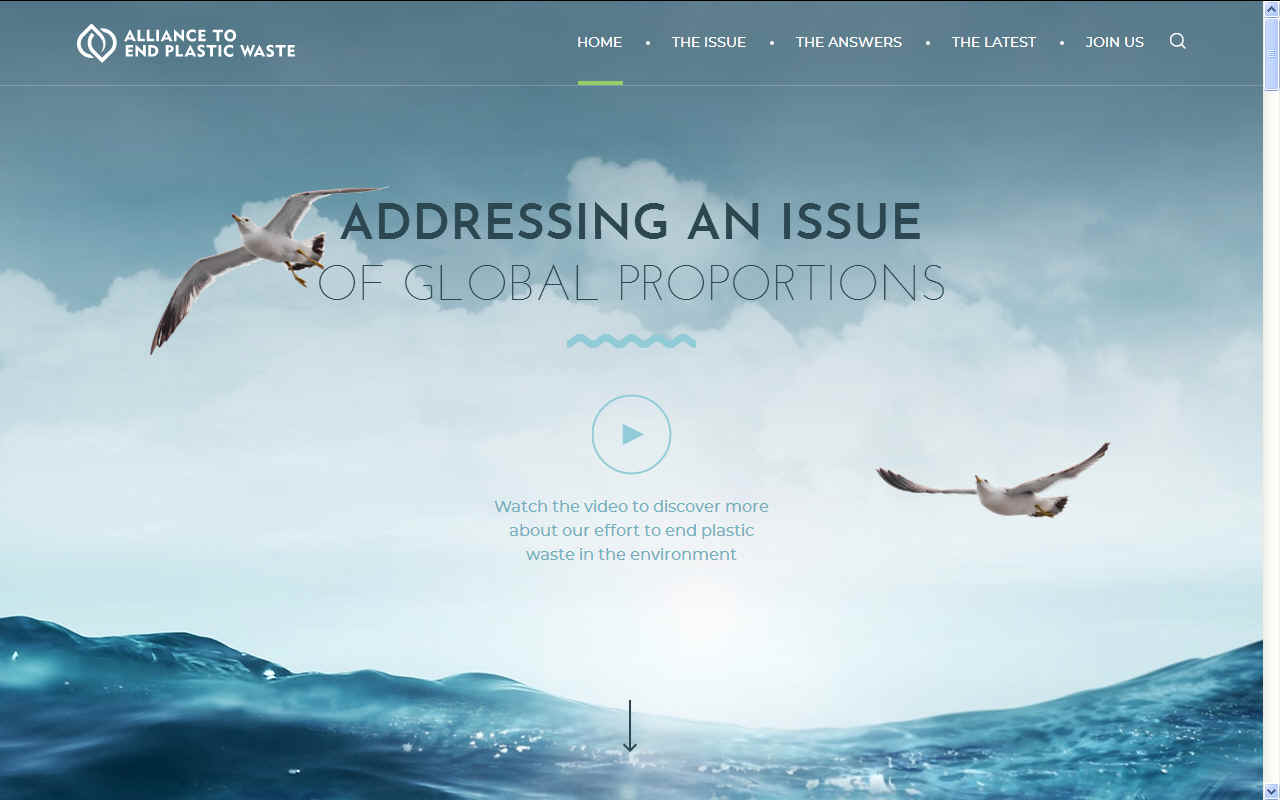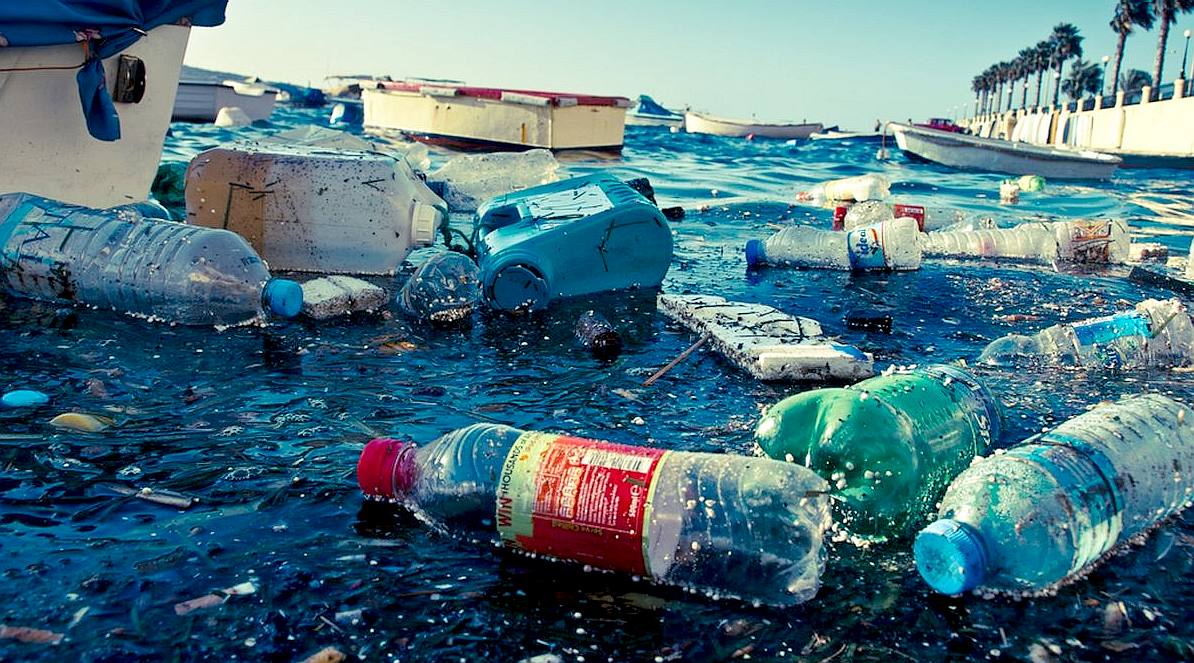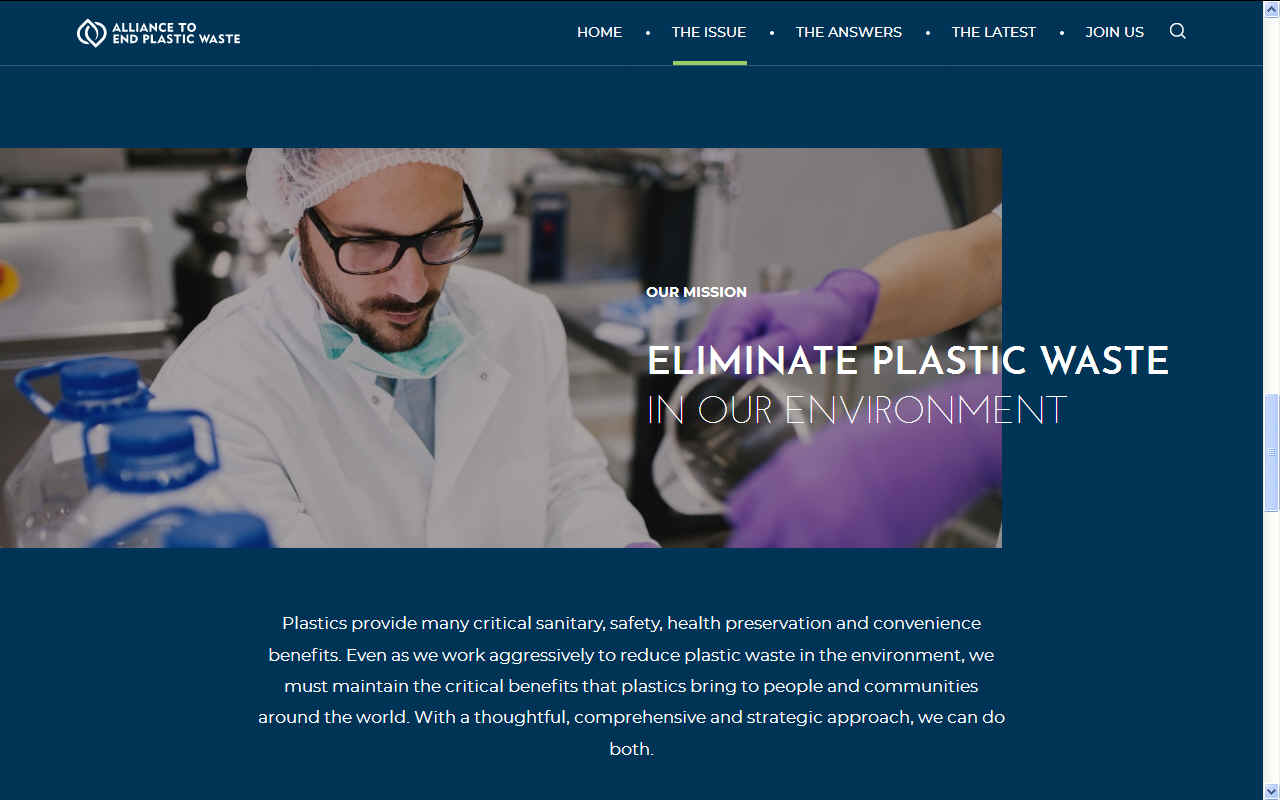|
CLARIANT - AEPW Please use our A-Z INDEX to navigate this site
Clariant was formed in 1995 as a spin-off from the chemical company Sandoz, which was
established in Basel in 1886. Clariant have amassed knowledge and experience of chemistry and industry spanning approximately 150 years.
In 2008, the company acquired the leading U.S. colorant suppliers Rite Systems and Ricon Colors. The latest transformational acquisition of the highly-innovative specialty chemicals company Süd-Chemie (Germany) in 2011 and the subsequent divestments of the Textile Chemicals, Paper Specialties and Emulsions businesses in 2012 as well as the divestment of Leather Services and Detergent & Intermediates business in 2013, laid the foundation for the “new Clariant”.
With its rebranding in 2012, Clariant repositioned its corporate brand based on the restructured portfolio and presented a new vision and mission.
Since then, bolt-on acquisitions, e.g. in the Industrial & Consumer Specialties business or in Oil & Mining Services complement the company portfolio.
In 2018 Clariant got the new anchor shareholder SABIC. At the same time both companies signed a memorandum of understanding on a significant collaboration opportunity in the area of high performance materials.
According to their website, sustainability is a strategic pillar of Clariant’s Business Strategy. They have initiated Sustainability@Clariant for this purpose, comprising all their sustainability activities.
As a strong driver of
their profitable growth strategy, “Sustainability@Clariant” is becoming more and more an integral part of the way
they work. Many of their products are excellent examples of having successfully transferred sustainability and innovation into a competitive portfolio in the marketplace. Clariant is a member of the Alliance to End Plastic Waste.
ABOUT THE AEPW
AEPW is a not-for-profit organization, partnering with the finance community, government and civil society, including environmental and economic development NGOs. They are working to make the dream of a world without plastic waste a reality. AEPW have a strong team composed of the world’s top minds from across the entire plastics value chain - chemical and plastic manufacturers, consumer goods companies, retailers, converters, and waste management companies. With such a collective, we anticipate good things to come.
Research by the Ocean Conservancy shows that plastics in the ocean predominantly originate from litter on land. Most of the plastic waste is spread through rivers and can be traced back to twelve major rivers around the world, mainly in Asia and Africa. Many of these rivers flow through densely populated areas which have a lack of adequate waste collection and recycling infrastructure, leading to significant waste leakage. Once in the environment, it becomes difficult to capture. The AEPW will initiate actions where they are most needed.
FOUNDATION - The roundtable of alliance members at the founding event on January 16, 2019, in London. Plastics provide health, safety, sustainability and convenience benefits. They contribute to improving living standards, hygiene and nutrition around the world, especially in developing countries. But plastic waste does not belong in our oceans, rivers or anywhere in our environment. There are two challenges at the heart of the plastic waste issue: lack of adequate infrastructure and systems to collect and manage household and municipal waste, and that society does not recognize waste as a valuable resource.
* Denotes membership of the AEPW
We cannot do without plastics in our modern society. They are incredibly versatile, extending the capabilities of mankind. But plastic is getting bad press from a lack of recycling efficiency in many countries where significant quantities are being flushed out to sea via rivers and other coastal dumping.
There is nothing wrong with plastic if it is disposed of carefully. Oil derived plastics are a finite resource and non-renewable demanding special attention, as with the changeover from burning fossil fuels to renewables.
This gives us another good reason to develop a system for making the best use of plastic, and this includes recycling it way more effectively than before. We cannot afford to waste plastic that is in our oceans, and we are talking about at least 8 million tons a year of the stuff going out to sea.
It's easy to dismiss plastics as cheap and nasty materials that wreck the planet, but if you look around you, the reality is that we depend on it. If you want cars, toys, replacement body parts, medical adhesives, paints, computers, water pipes, fiber-optic cables, and a million other things, you'll need plastics as well.
If you think we struggle to live with plastics, try imagining for a moment how we'd live without them. Plastic is pretty fantastic. We just need to be smarter and more sensible about how we make it, use it, and recycle it when we're done with it.
HENKEL - Dr. Thomas Müller-Kirschbaum, Corporate Senior Vice President of Henkel, a founding member of the Alliance, presented the Alliance’s four areas of action and answered questions from the audience about its mission, goals and commitments. The conversation served as an opportunity to explain how the Alliance will be active in the up-stream segment, with a focus on plastic waste prevention and innovative circular design models for plastic packaging.
Since a lot of the plastic items we use are meant to be low-cost and disposable, we create an awful lot of plastic trash. Put these two things together and you get problems like the Great Pacific Garbage Patch, a giant "lake" of floating plastic in the middle of the North Pacific Ocean made from things like waste plastic bottles.
How can we solve horrible problems like this? One solution is better public education. If people are aware of the problem, they might think twice about littering the environment or maybe they'll choose to buy things that use less plastic packaging.
Another solution is to recycle more plastic, but that also involves better public education, and it presents practical problems too (the need to sort plastics so they can be recycled effectively without contamination). A third solution is to develop bioplastics and biodegradable plastics that can break down more quickly in the environment.
OCEAN CLEANUP PROJECTS
* Aliance to end Plastic Waste * Boyan Slat's ocean booms * 4Ocean recycled plastic bracelets * Seabin * SeaVax autonomous drones
LINKS & REFERENCE
https://www.berryglobal.com/ https://endplasticwaste.org/ https://www.basf.com/global/en/who-we-are/sustainability/responsible-partnering/Alliance-to-end-plastic-waste.html
ABS - BIOMAGNIFICATION - CANCER - CARRIER BAGS - COTTON BUDS - DDT - FISHING NETS - HEAVY METALS - MARINE LITTER MICROBEADS - MICRO PLASTICS - NYLON - PACKAGING - PCBS - PET - PETROLEUM - PLASTICS - POLYCARBONATE - POLYOLEFINS POLYPROPYLENE - POLYSTYRENE - POLYTHENE - POPS - PVC - SHOES - SINGLE USE - SOUP - STRAWS - WATER
This website is provided on a free basis as a public information service. copyright © Cleaner Oceans Foundation Ltd (COFL) (Company No: 4674774) 2019. Solar Studios, BN271RF, United Kingdom. COFL is a company without share capital.
|




